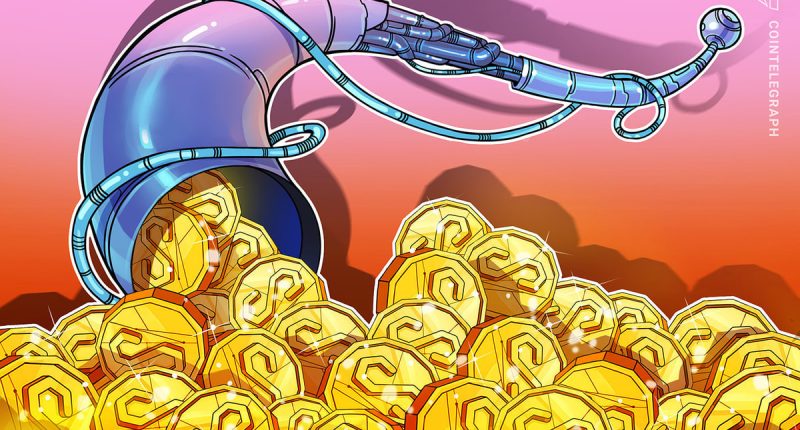On July 1, Jeremy Allaire, co-founder and CEO of Circle, announced that the firm became the first stablecoin issuer in the European Union to gain regulatory approval under the EU’s sweeping Markets in Crypto-Assets (MiCA) regulatory framework.
Circle’s USDC (USDC) and EURC are regulatory compliant under the new rules, effective immediately, quelling fears that investors would have to redeem their stablecoins or transfer their funds to other digital assets in order to stay compliant.
Allaire then announced that Circle chose France as the company’s European headquarters, citing France’s forward-looking stance on digital asset regulation and Circle’s working relationship with the French Prudential Supervision and Resolution Authority (ACPR).
The Circle co-founder also reflected on the historical significance of the European Union’s regulatory overhaul, the first comprehensive regulatory framework for digital assets—a testament to the long way the asset class has come since its inception.
“The entire concept of fiat digital currency did not really even exist outside of very early crypto circles. The concept of seeing major global laws that enshrined stablecoins into the financial system was inconceivable.”
Related: MiCA laws come into effect in Europe — Here’s what you need to know.
MiCA fears and the stablecoin market
In preparation for the European Union’s regulatory shift, several exchanges announced changes to their stablecoin policies and product offerings.

In June, crypto exchange and custodial platform Uphold announced it was delisting six stablecoins in an email sent to its European users. These included Tether (USDT), Dai (DAI), TrueUSD (TUSD), Gemini dollar (GUSD), Pax dollar (USDP), and Frax Protocol (FRAX).
Bitstamp followed suit and delisted Tether’s EURT stablecoin later that same month in anticipation of the sweeping changes, despite being one of the first exchanges to list the digital fiat token.
Binance likewise took a similar but softer approach to the new stablecoin regulations by adopting a “sell-only” strategy for certain stablecoin products in the European market. The world’s largest centralized exchange explained that it would not delist any stablecoins at this time for its European users, opting instead to label the fiat equivalents as either compliant or non-compliant and limiting certain market features for European customers.
Magazine: Best and worst countries for crypto taxes — plus crypto tax tips.
Also Read More: World News | Entertainment News | Celebrity News







